Continuing education in veterinary dermatology for 25 years !
News
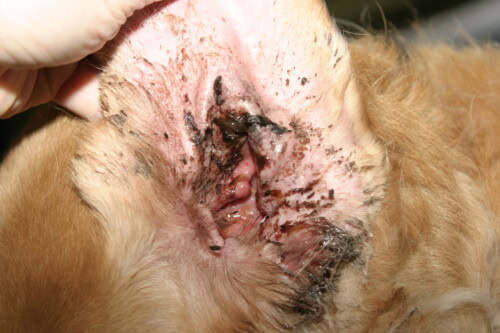
Diagnostic and Therapeutic Approach to Pseudomonas aeruginosa Pyoderma and Otitis in Dogs
In veterinary dermatology, few microorganisms represent as constant and complex a clinical challenge as Pseudomonas aeruginosa. This Gram-negative bacillus, far from being a simple infectious agent, proves to be a formidable adversary, an opportunistic pathogen par excellence that exploits with remarkable efficiency the slightest alteration of the skin barrier or the slightest immune failure of the host.
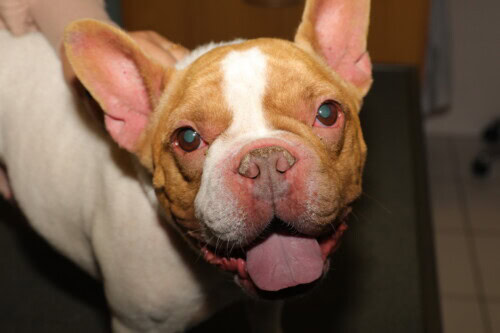
2025 Update on the Etiopathogenesis of Canine Atopic Dermatitis
Canine atopic dermatitis represents a major clinical challenge in contemporary veterinary medicine, with a prevalence that continues to increase in urban canine populations. This chronic inflammatory skin condition, characterized by intense pruritus and recurrent cutaneous lesions, significantly affects the quality of life of animals and constitutes a frequent reason for consultation in veterinary dermatology. At the recent NAVDF congress in Orlando, our colleague Rosanna Marsella had the opportunity to provide a comprehensive 2025 update on the etiopathogenesis of Canine Atopic Dermatitis.
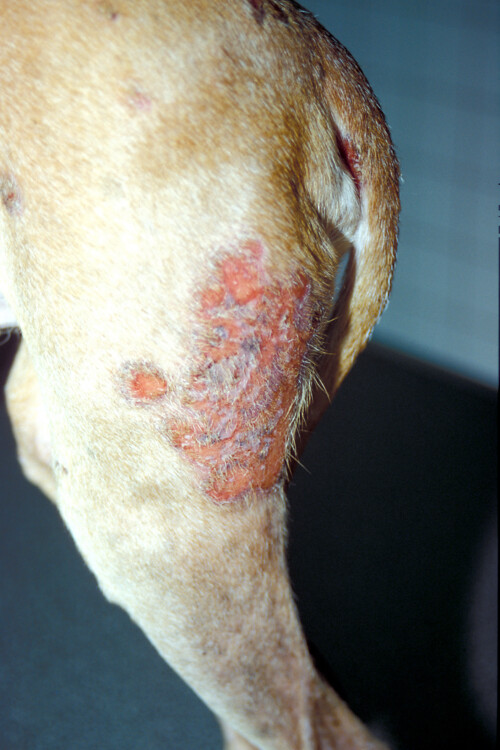
Retrospective study on 28 cases of canine lichenoid psoriasiform dermatosis
Psoriasiform lichenoid dermatosis constitutes an unusual cutaneous manifestation in dogs, closely associated with the administration of calcineurin inhibitors and complicated by staphylococcal infection. This dermatological condition, characterized by distinctive hyperkeratotic lesions, raises fundamental questions concerning the complex interactions between therapeutic immunomodulation and cutaneous pathogens.
Congress Report

2025 Update on the Etiopathogenesis of Canine Atopic Dermatitis
Canine atopic dermatitis represents a major clinical challenge in contemporary veterinary medicine, with a prevalence that continues to increase in urban canine populations. This chronic inflammatory skin condition, characterized by intense pruritus and recurrent cutaneous lesions, significantly affects the quality of life of animals and constitutes a frequent reason for consultation in veterinary dermatology. At the recent NAVDF congress in Orlando, our colleague Rosanna Marsella had the opportunity to provide a comprehensive 2025 update on the etiopathogenesis of Canine Atopic Dermatitis.
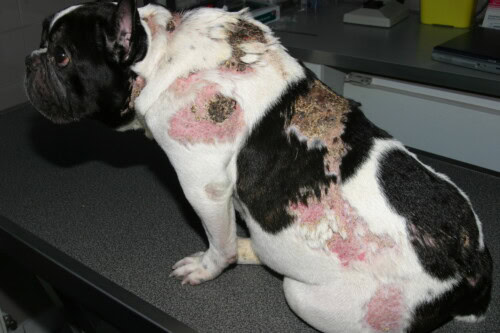
Canine cutaneous calcinosis: Etiologies and treatments
Cutaneous calcinoses represent a major diagnostic and therapeutic challenge in canine veterinary dermatology. These conditions, characterized by abnormal accumulation of calcium salts in dermal and hypodermal structures, require a rigorous clinical approach based on precise understanding of their distinct pathophysiological mechanisms.
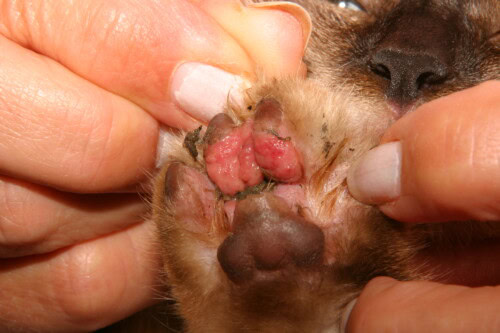
Feline Cutaneous Atopic Syndrome: Diagnostic and Therapeutic Approaches
At the last World Congress of Veterinary Dermatology held in Boston in July 2024, our colleague Domenico SANTORO had the opportunity to give a very good lecture on Feline Atopic Skin Syndrome or FASS. This was an opportunity to review this allergic dermatitis, which is so common in the feline species, yet so poorly understood.
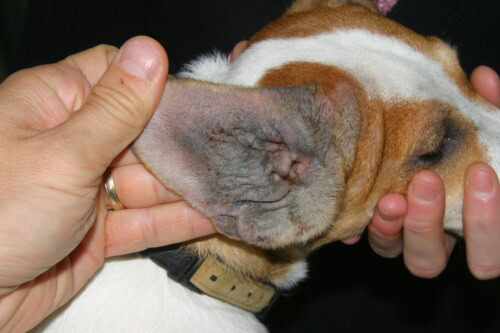
Update on Knowledge of Food Allergies in Dogs and Cats
At the last World Congress of Veterinary Dermatology, which took place in Boston last July, our colleague, veterinary dermatologist Hilary Jackson, provided a comprehensive update on new developments in dog and cat food allergies.
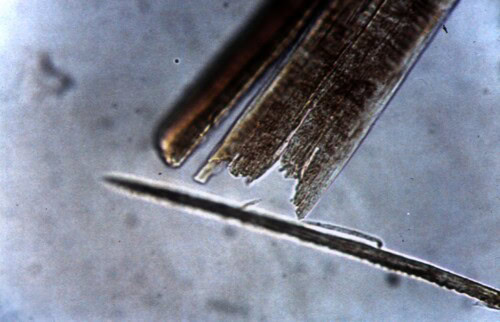
Diagnosis and Management of Spontaneous Feline Alopecia
At the last World Congress of Dermatology, our colleague, Vanessa Schmidt, who practices at the University of Liverpool, discussed spontaneous feline alopecia, which is rarer than self-induced alopecia and whose etiological diagnosis is sometimes complex.
Press review
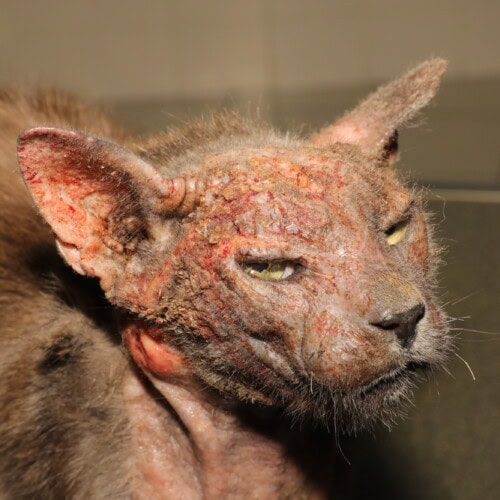
A series of three cases of feline sarcoptic mange in Poland.
Sarcoptic mange is an ectoparasitic disease caused by the arthropod *Sarcoptes scabiei* from the family Sarcoptidae. While this parasite has been isolated in several domestic and wild mammal species, infestation in cats is considered extremely rare.
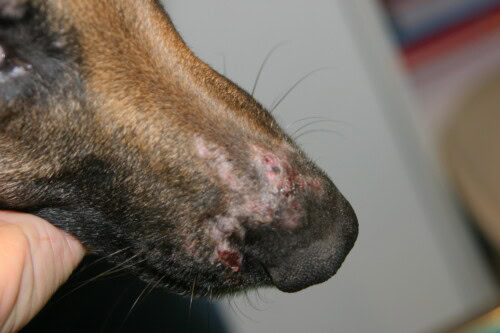
Dermatoses of the nasal planum in dogs
The canine nasal planum, a glabrous and aglandular structure, is subject to a variety of dermatological pathologies. These dermatoses often share similar clinical characteristics, making diagnosis a challenge for the veterinary practitioner.
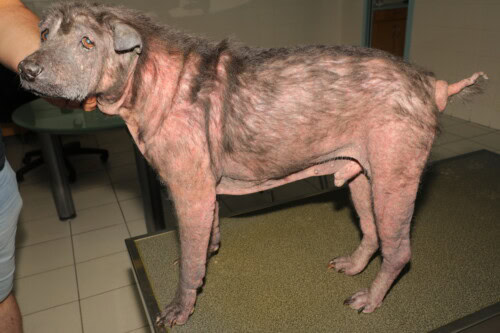
Prevalence and Distribution of Canine Atopic Dermatitis Lesions in Small and Medium-Sized Dogs in Korea
Canine Atopic Dermatitis (CAD) is a common skin condition in dogs, characterized by lesions observed mainly on the face, ear pinnae, abdomen, groin, armpits, flexural surfaces of the elbow, and paws.

Retrospective study on 28 cases of canine lichenoid psoriasiform dermatosis
Psoriasiform lichenoid dermatosis constitutes an unusual cutaneous manifestation in dogs, closely associated with the administration of calcineurin inhibitors and complicated by staphylococcal infection. This dermatological condition, characterized by distinctive hyperkeratotic lesions, raises fundamental questions concerning the complex interactions between therapeutic immunomodulation and cutaneous pathogens.
Review article

Feline pemphigus foliaceus: Part 1: Pathogenesis, epidemiology and clinical aspects.
Pemphigus Foliaceus (PF) stands out as the most frequent form of pemphigus observed in domestic cats. It is also the most commonly diagnosed autoimmune dermatosis in this species. This skin condition, while often presenting highly suggestive clinical and cytological manifestations, nevertheless requires histopathological confirmation to establish a definitive diagnosis.
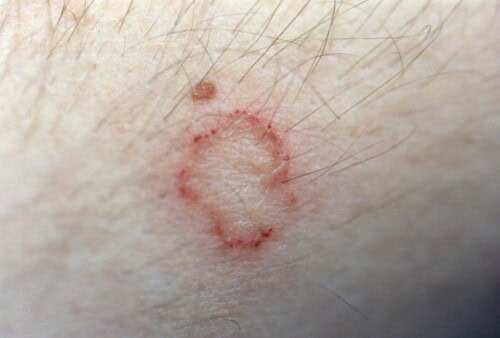
Ringworm in Dogs: Etiology, Epidemiology and Clinical Aspects.
Ringworm, which is a dermatophytosis, represents a superficial fungal infection of the skin and its appendages. This skin condition, caused by keratinophilic fungi belonging to the Microsporum and Trichophyton genera, is of particular importance in veterinary medicine due to its contagious, infectious, and zoonotic potential.

Feline Acne: Diagnosis, Treatment and Therapeutic Perspectives
Feline acne, a common skin condition in felines, presents a significant diagnostic and therapeutic challenge for clinicians. Studies, although limited, have highlighted various clinical and histopathological aspects, emphasizing the need for a personalized approach.